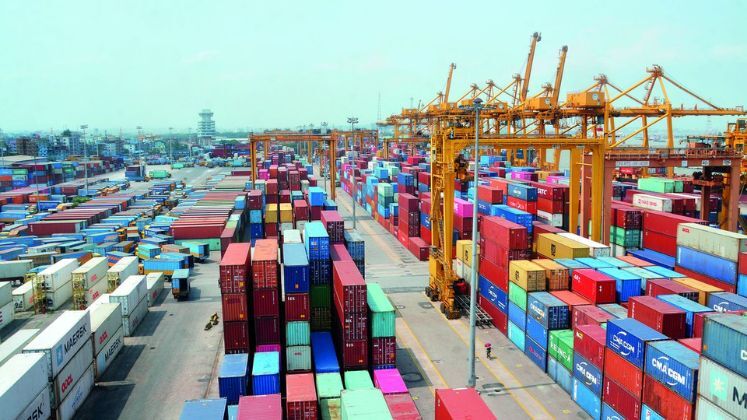
Operations at Chittagong Port are experiencing enhanced efficiency as congestion issues that plagued the facility in July and August begin to recede. Container ships have significantly reduced their berth waiting times, dropping from a worrying six to eight days in August to under two days in October.
During the peak of the congestion, vessels faced delays attributed to a period of political unrest and other disruptions, which led to an average dwelling time of over three days at the port’s jetties. However, recent reports indicate a positive shift, with more than half of vessels able to secure a berth within a day of arrival during the first 20 days of October.
The turnaround in operations is largely due to improved efficiency in unloading and loading processes. Container ships now average 2.48 days at the jetties before departing, a marked improvement from previous months. Port users reported that acute container congestion had emerged earlier in the year while daily cargo deliveries were low.
The challenges faced during July and August, including a student movement, an internet blackout, and political unrest were compounded by flood-related disruptions at the end of August, resulting in over 45,000 twenty-foot equivalent units (TEUs) of containers accumulating at the port and occupying 85 per cent of its yard capacity. This figure has since been reduced to approximately 34,000 TEUs.
According to a senior official from a foreign shipping line, bad weather conditions, particularly heavy monsoon rains, contributed to delays in daily cargo deliveries. These disruptions exacerbated the backlog of containers, leading to increased dwelling times for ships and further compounding the berthing congestion.
With improvements in both law and order and weather conditions, business activities at the port have gradually stabilised, facilitating smoother cargo deliveries and reducing yard congestion over the past few months.
Rear Admiral SM Moniruzzaman, Chairman of the Chittagong Port Authority (CPA), attributed the easing of congestion to systematic and innovative efforts undertaken by the port authorities. Measures included expediting the auctioning of old containers and proposing to the National Board of Revenue to allow for the direct transfer of full container loads to private inland container depots for delivery, thereby creating additional space in port yards.
The two main terminals—New Mooring Container Terminal (NCT) and Chittagong Container Terminal (CCT)—which together handle 65 per cent of the containers passing through the port, have set a benchmark dwelling time of 48 hours. In July, only 37 per cent of the vessels at these terminals were able to depart within that timeframe. However, by October, that figure had risen dramatically, with 70 per cent of ships completing their turnaround within 48 hours.






